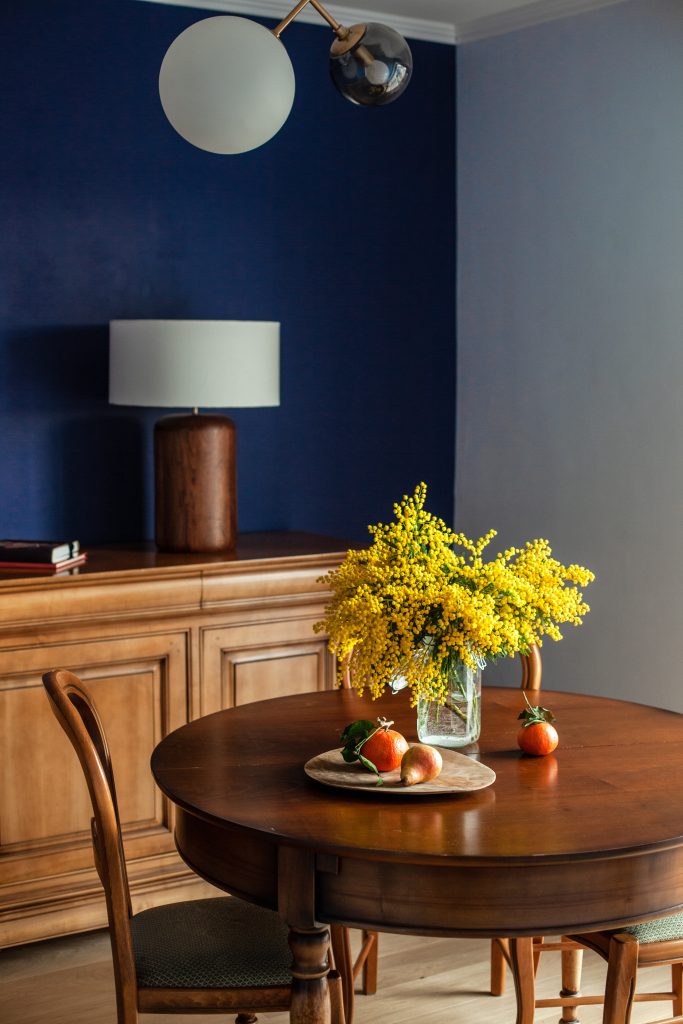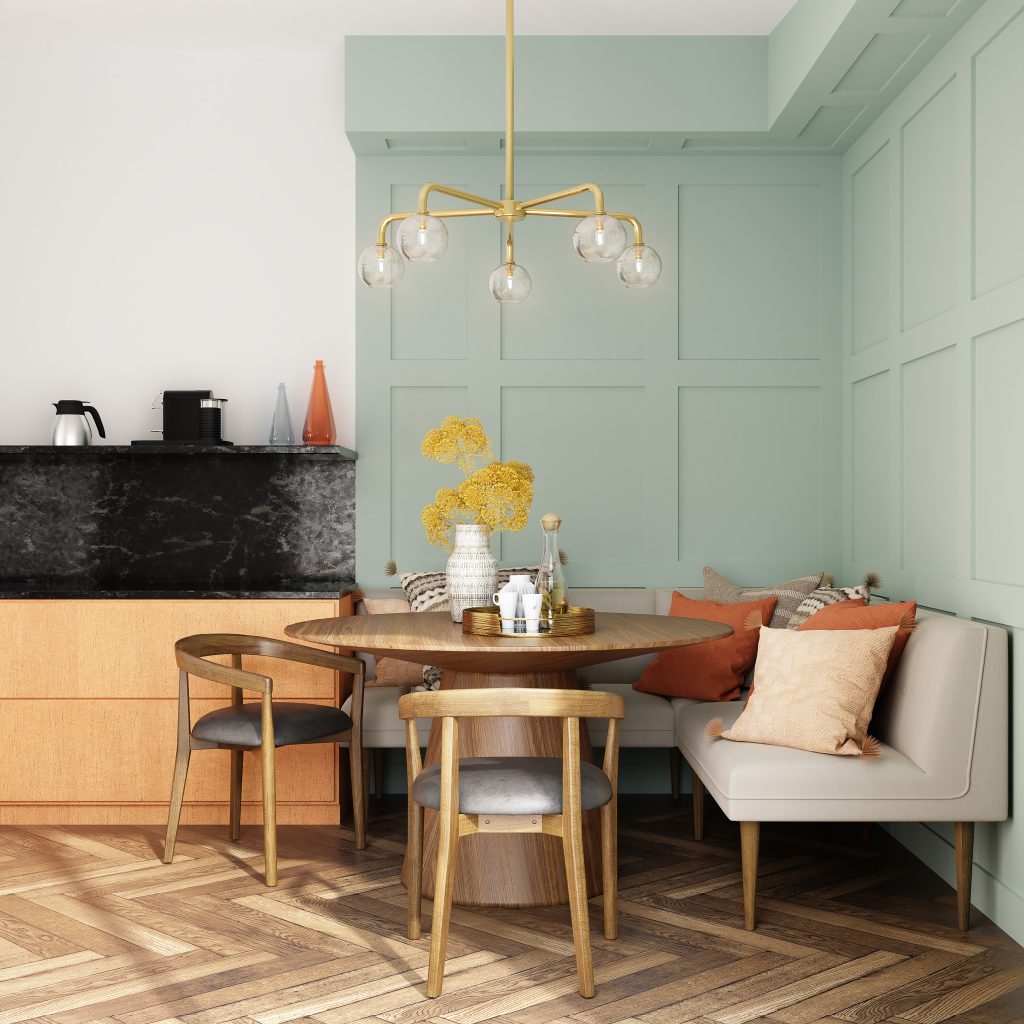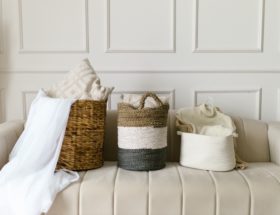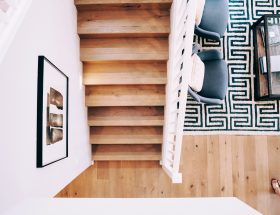Have you ever wondered how some interior designers manage to build a strong Instagram presence and get new clients while making it all look so easy?
In this blog post, we’ll look at their successful habits and explore how you can apply them to your own interior design business.
Disclaimer: This blog post may contain affiliate links and we may earn a small commission when you click on the links or purchase paid products at no additional cost to you. We only recommend products and software we truly believe to be helpful for your business.
There is no denying that Instagram, TikTok, and other social media platforms can create multiple opportunities for interior designers that go beyond just posting pretty pictures.
Social media allows you to create not just an online showcase of your design work, but to connect with potential clients and build relationships that benefit your brand long-term.
With its strong, visual profile combined with the community aspect, Instagram especially is an ideal platform for interior design business owners. Whether you are a traditional interior designer offering in-person services or an e-designer looking to reach out to client prospects across the globe, you can reap so many benefits from having an active social media presence.
However, if you want to achieve success on Instagram, just relying on random posting and hoping for the best isn’t the best strategy.
If you pay attention to some of the biggest interior designers on Instagram, you’ll notice they share certain key traits. We’ll look at all of that, but first, let’s discuss what social media success might look like for you.
Definition of social media success for interior designers
Your perception of social media success might differ from that of other designers. Depending on your goals, it’s likely to involve one (or more) of the following:
- Growing a following
- Boosting brand awareness and establishing brand authority in your interior design niche
- Converting followers into clients
- Expanding your list of client leads
- Securing networking opportunities
There’s no definitive right or wrong when it comes to setting your goals, as long as you choose objectives that are reasonable and achievable.
Selecting too many goals or an overly ambitious one with a very short timeframe might be disheartening and lead to disappointment. On the other hand, your goal should present at least a bit of a challenge and motivate you to discover ways to achieve it.
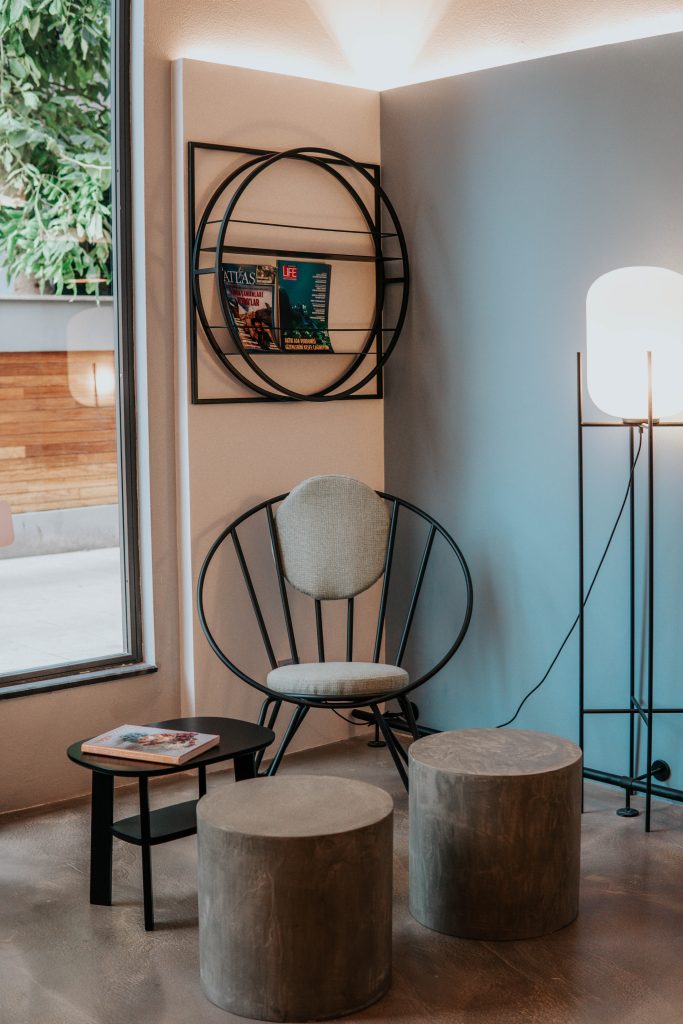
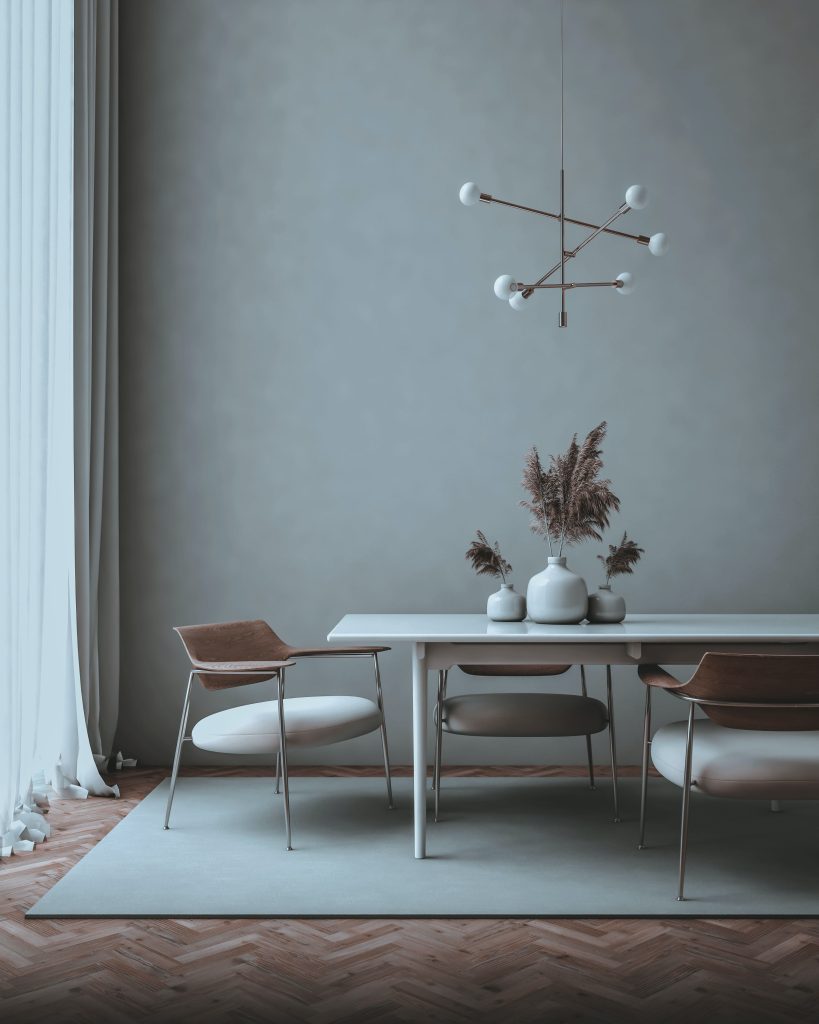
Five habits that make successful interior designers stand out on Instagram
Ultimately, regardless of your main goal, there’s a good chance that some of the points below will be applicable to your situation. Also, even though the focus of this blog post is Instagram, most of this article is also applicable to other social media platforms such as TikTok, Pinterest, YouTube, or Facebook, if you’re aiming for growth there.
1. Having a strategy
If you aim to find success on social media (and this truly goes for all social media platforms, not just Instagram), you need a strategy.
Without a strategy, your approach isn’t just unsustainable in the long run, but it also becomes challenging to measure the results and understand what works, making it difficult to replicate success later on.
Having a plan in place makes it far simpler to set goals and monitor your progress toward achieving them. Plus, it allows you to streamline the process by planning your content ahead and avoiding the pitfalls of posting on a whim.
So, what does a fail-proof Instagram strategy look like?
First and foremost, it starts with knowing who your ideal clients are. Are you looking for short-term rental owners who need guidance on how to make their properties more profitable through interior design? Or are you on the hunt to get clients with growing families who need a well-designed home for their family needs?
When you have a clear picture of who you want to speak to, it gets easier to create content that is relevant to them and take into consideration the ways they like to consume it. For instance, a busy mom might prefer a quick Reel over a lengthy carousel post, while an Airbnb owner might enjoy saving a carousel post with easy tips for a seasonal spruce-up.
Understanding your ideal clients also helps you to better address their pain points. Are they struggling with interior design problems such as limited space for furniture, or kitchens that are outdated? Do they need budget-friendly designs that will still look amazing?
Having all of this data at hand will help you to establish content pillars, that is recurring topics that will be always relevant and you can keep posting them on rotation.
Then, you can flesh out your content calendar with various content formats, and have a set schedule that reflects your ideal client’s active times on social media. This way, you have a plan in place that works for both you and your ideal target audiences.
2. Planning ahead and keeping a regular posting schedule
Consistent posting is crucial because it directly impacts Instagram’s algorithm and how frequently your content gets displayed to your followers. In other words, if you post only once in a while, the algorithm won’t prioritize your content as much as it would for someone who posts consistently and frequently.
Also, the more people see your content, the more likely they are to remember your brand as you are building trust with your followers. The more active you are on Instagram, the better you are positioned to boost your engagements and increase your follower base.
If you give your followers enough of the content they are craving to consume regularly, you have a better chance of becoming their regular go-to for all things interior design, and attract the attention of new client leads as well.
To keep up the pace of your posting schedule, it is worth it to use content planning tools where you can simply slot in your visuals and captions for specific dates and times. This can free up more time for you to respond to comments or questions on your posts.
Some of the tools that we enjoy using for planning our Instagram content include Later, Planoly, and Creator Studio by Facebook, to name a few. There is no wrong or right for using one or the other – it’s about working with the platform that you feel the most comfortable with and that has the right features for your needs.
Now, having a content plan doesn’t mean you can’t post anything on the go. After all, breaking news such as awards, exciting new client news, and other unplanned events happen!
Planning just gives you the option to put your Instagram grid almost on autopilot and gives you the freedom to post ad-hoc without being under pressure to post every day manually.
3. Their Instagram feed sticks to a cohesive visual theme
Even if you are posting frequently, sharing random visuals that do not stick to a cohesive visual theme can hurt your Instagram profile.
Two ingredients are needed to keep drawing people’s interest long-term – consistency and cohesiveness.
By cohesiveness, we mean ensuring that the posts on your feed are connected and the overall look is polished and that your content not only looks related but also reflects your branding with elements such as your brand fonts and colors.
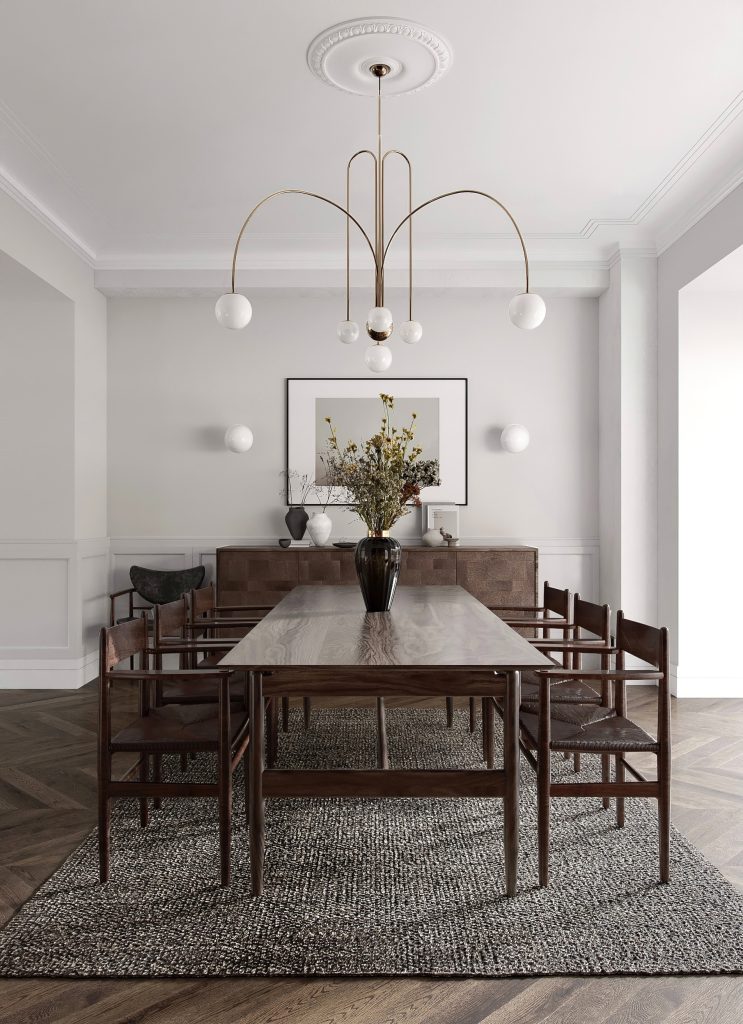
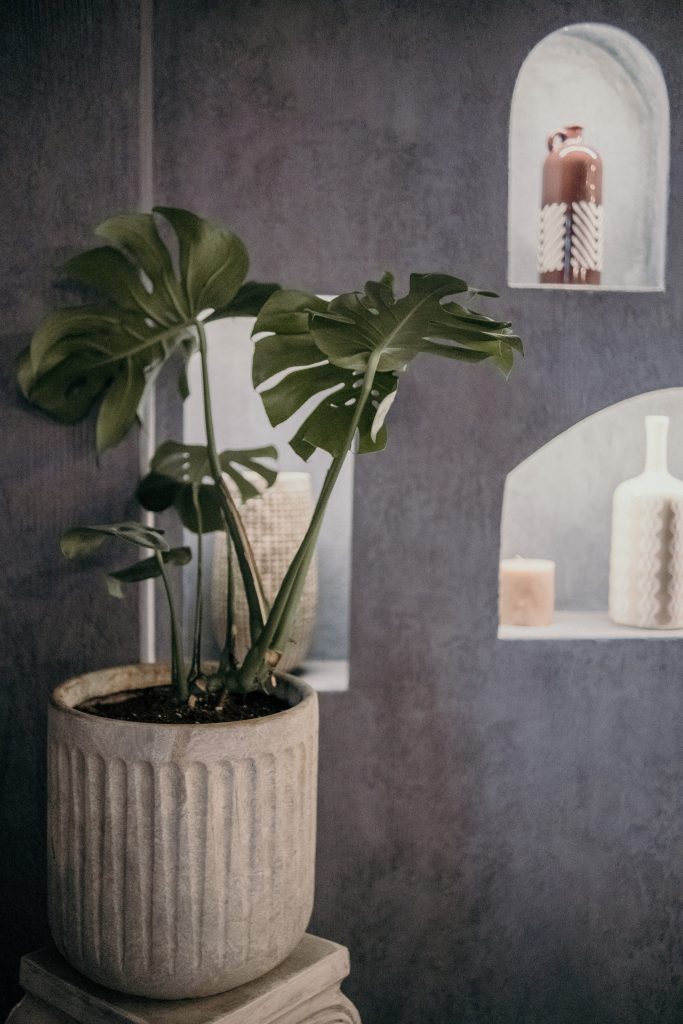
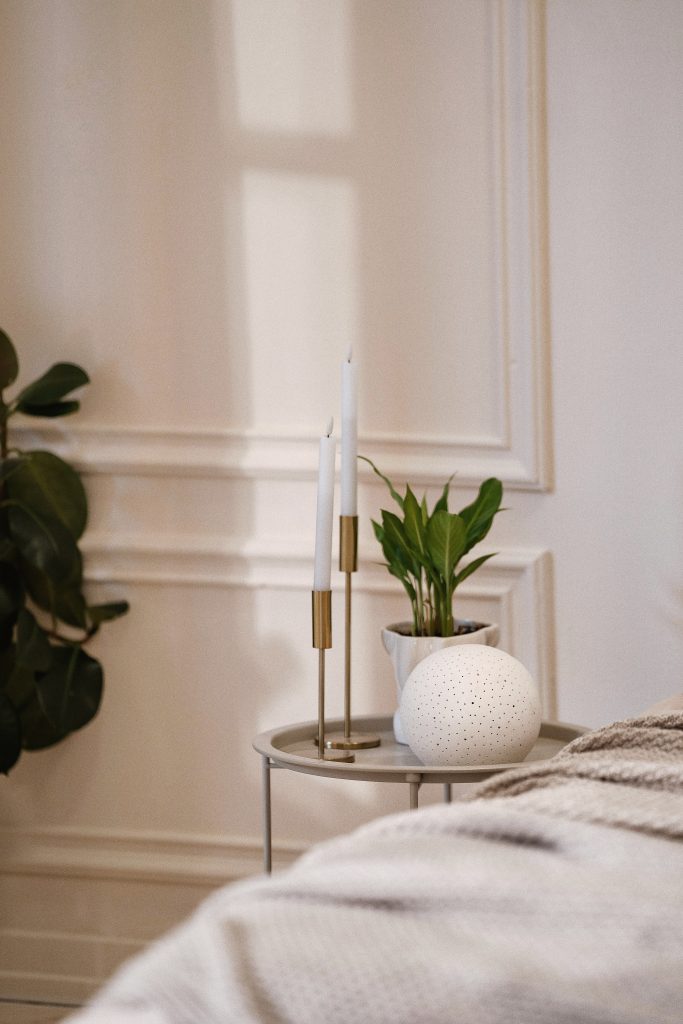
Maintaining a cohesive feed makes it easier for your followers to instantly recognize a post as your own and associate it with your brand.
You can use various online tools to create cohesive social feeds more easily. You can plan your feed visually with Later or Planoly, or even use Canva which is handy for creating branded content quickly using templates and other tools.
If all of this sounds like an unfamiliar concept, here are some tips to help you get a cohesive look and feel for your Instagram feed:
Stick to your niche
Are you an interior designer exclusively dedicated to nursery and children’s bedroom designs? Then your visuals need to reflect that – ensure your posts will make it easy for visitors to your Insta profile to immediately understand what your business is about.
Similarly, if you mostly do renovations in a certain design style, your visuals should reflect that – do not go too broad so that it makes it difficult to determine what kinds of interior design clients you serve. Whatever your niche, make sure your content reflects your specialty so that your feed speaks to your ideal clients at first glance.
Use high-quality content
Your Instagram feed is a part of your business portfolio. The last thing you want visitors to your profile to do is wonder why there are out-of-focus photos or posts that do not really relate at all to your design niche.
Similarly, make your brand colors part of the experience and if you wish to include logos in your graphics, make sure they are high-resolution. If you are planning to use filters for your photos, use a dedicated style to keep the visual style of your feed neat and consistent.
Keep in mind that your brand aesthetic can evolve over time, and that’s okay – as long as you strive to not tip the scales when it comes to creating your signature content.
4. Providing value in their content
Sharing valuable content can be a big driver for boosting engagement. It’s more likely that people will save or engage with your posts when they find them valuable, which helps with the Instagram algorithm.
Valuable content can include quick design tips, how-to Reels, information-packed carousels, hosting Q&As where you answer frequently asked interior design questions… Simply, content that is not intended to directly sell your design services.
Also, value-packed content adds credibility and helps build trust in your business, which are good reasons on their own to add this type of post to your content calendar.
If you want to share home decor tips or additional information when posting portfolio images, you can do so in the caption – no need to share just text-heavy graphics if these don’t fit with the rest of your feed!
One more thing about value-add content – however tempting it might be to just batch create and schedule these posts, be mindful that you do not post the same kind of content too often without something different in between.
It helps to decide on certain content pillars to ensure there is variety in your feed. Content pillars provide you with dedicated themes that you can post repeatedly while still being relevant to your audience.
5. Balancing promotion and keeping selling to a minimum
Promoting your business is important, of course, but that should not be the sole purpose of your Instagram feed. Or rather, try to shift your thinking from direct selling to indirect promotion.
As we’ve just discussed, helpful and valuable content is more likely to be engaged with and saved than direct business promotion. For instance, a checklist for a kitchen overhaul or how to redo a child’s bedroom to make the transition to a space fit for a tween are both examples of posts that people would save and share with others.
And while you’re providing your audience with the value they are after, nothing stops you from including a call to action and your contact details in the caption or on the last page of your carousel.
In order to convert followers to clients, you need to first gain their trust for which you need to be authentic and relatable instead of just trying to blatantly sell your services.
This is also the foundation of soft selling, which is more subtle and is based on trust and value, making social media followers feel that they can get benefits without feeling forced to do so.
Once you start getting DMs from potential clients who are interested in your services, you can focus on business and presenting your offer.
An extra tip here: Don’t forget that your Instagram stories can be a great vehicle for converting followers into home decor clients. Just remember to apply the same principles that you are infusing in your feed posts: trust, value, and credibility!

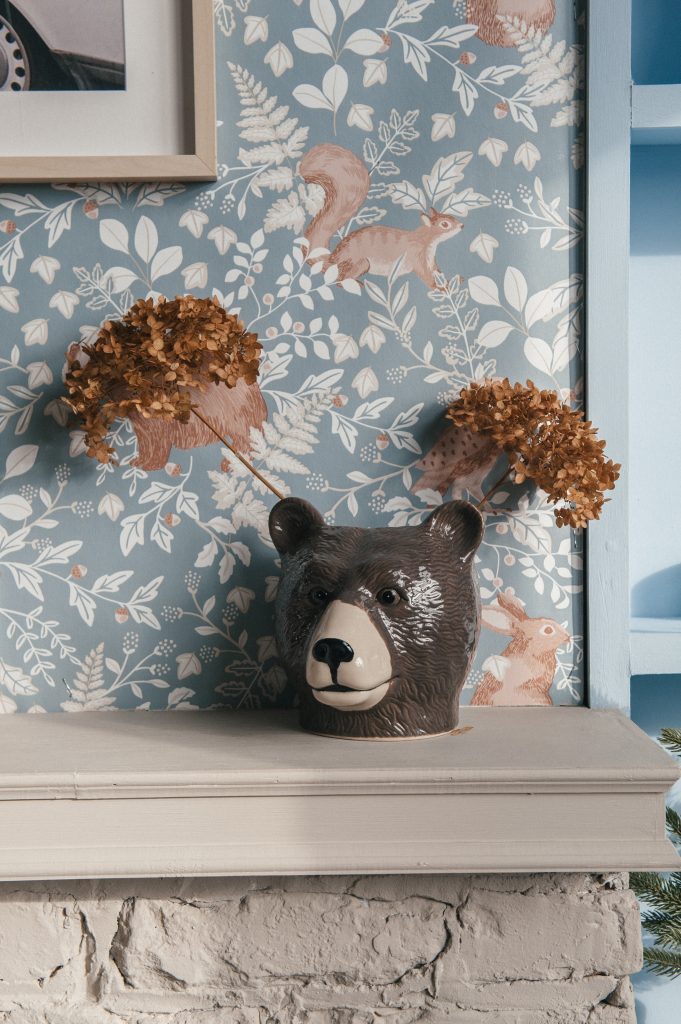
Final thoughts on achieving success on Instagram as an interior designer
Instagram success for interior designers is an ongoing process that requires consistency, adapting to current trends, and regular engagement, but it is possible to achieve when you keep the above discussion points in mind.
To recap today’s top habits that successful interior designers have on Instagram:
1. Have a strategy: Know who your ideal clients are and cater your content to align with their needs.
2. Plan ahead and keep a regular posting schedule: Make use of online tools especially to make the process easier.
3. Have a cohesive visual theme for your feed: Design your posts to suit your brand style including brand fonts and colors, and stick to one particular visual style.
4. Provide value in your content: Establish yourself as a credible source for interior design knowledge to build trust.
5. Balance promotion and keep selling to a minimum: Prioritize soft selling instead of marketing your design services directly.
As the next step, take a look at our tips for boosting your Instagram engagement.
And if you’re ready to up your Instagram strategy, be sure to grab our Instagram guide for interior designers.
It will take you step by step through creating your Instagram content plan, guide you through optimizing your bio, show you how to use DMs effectively to build relationships, and more.
